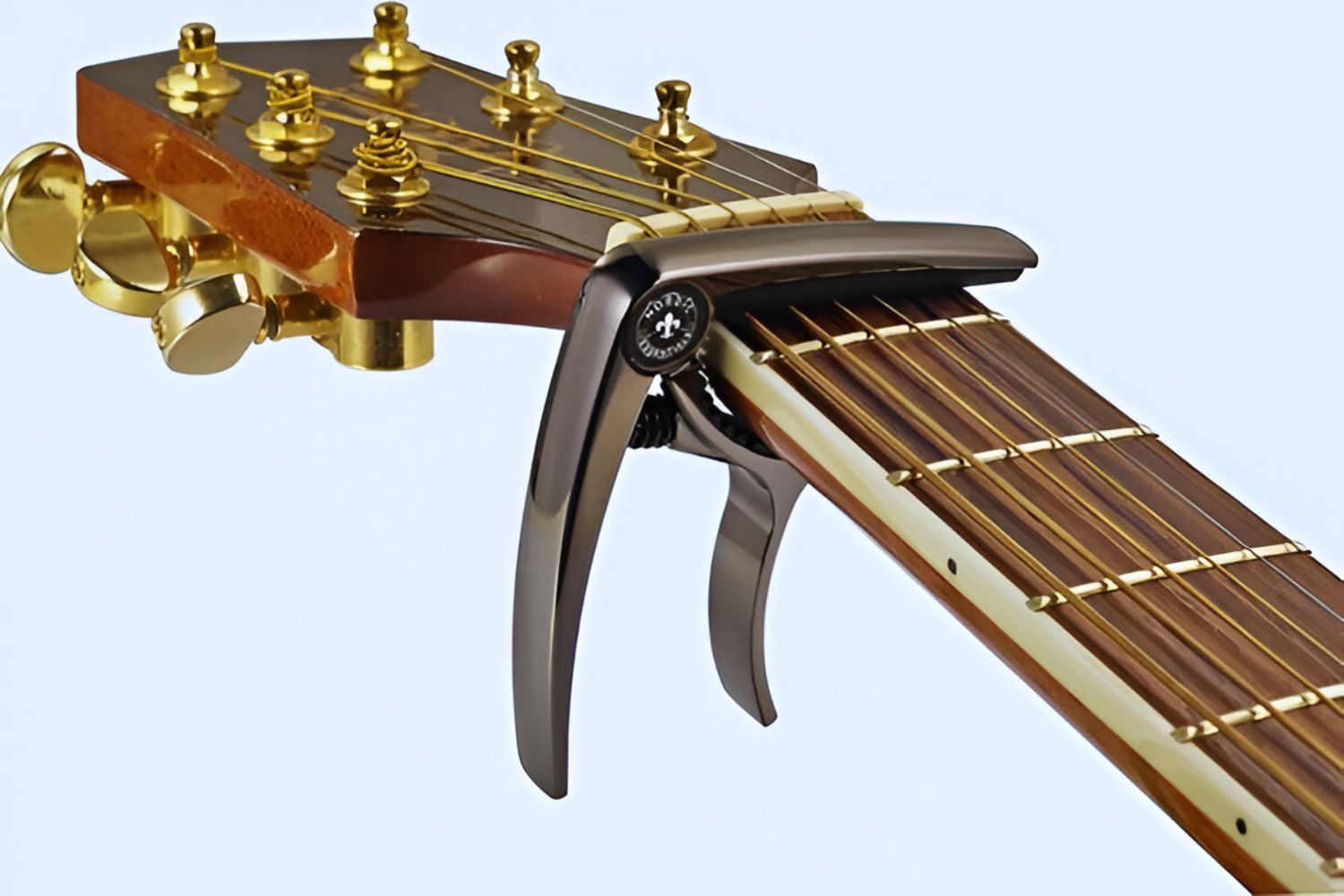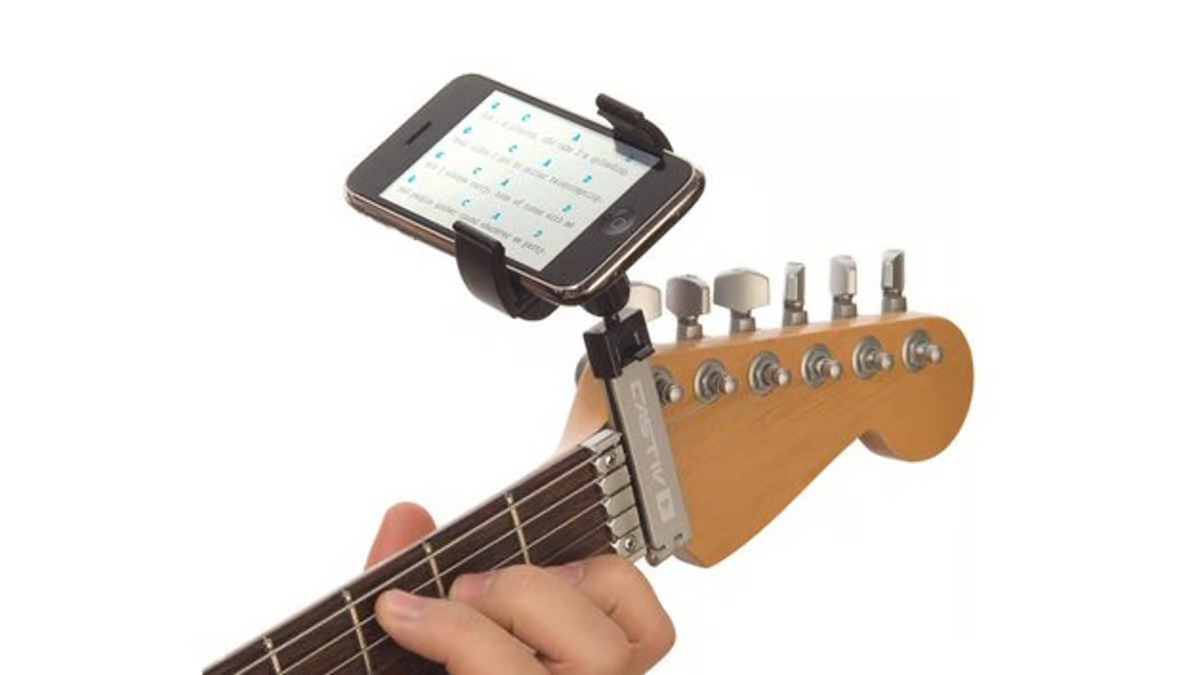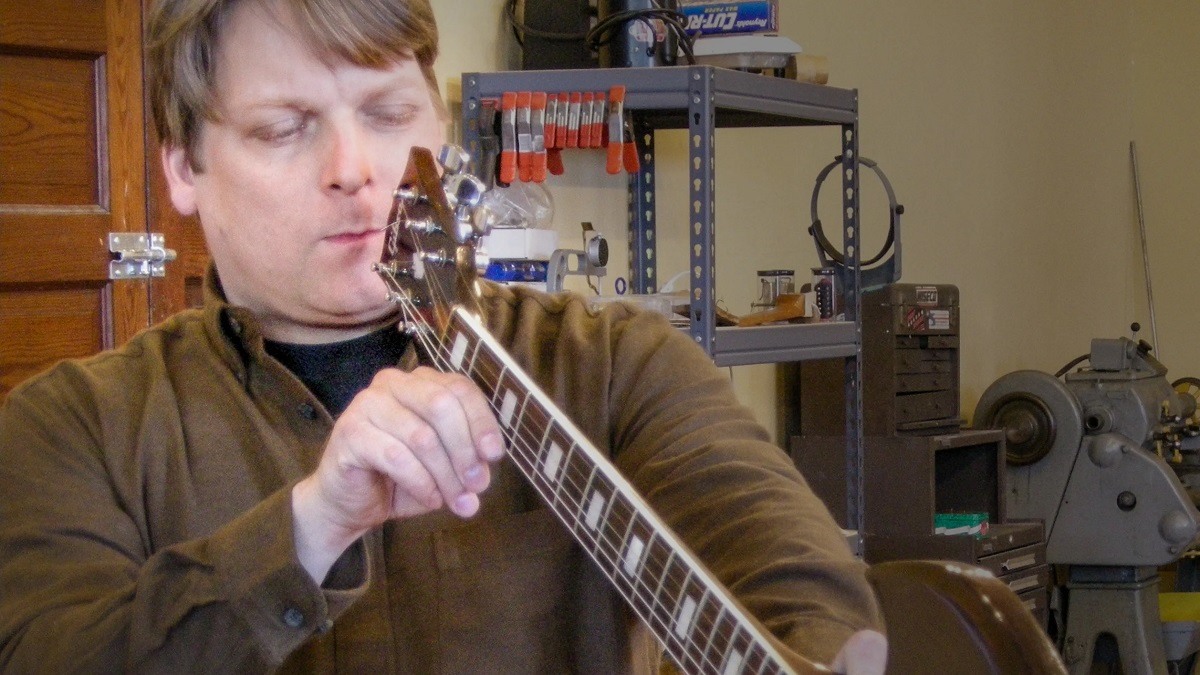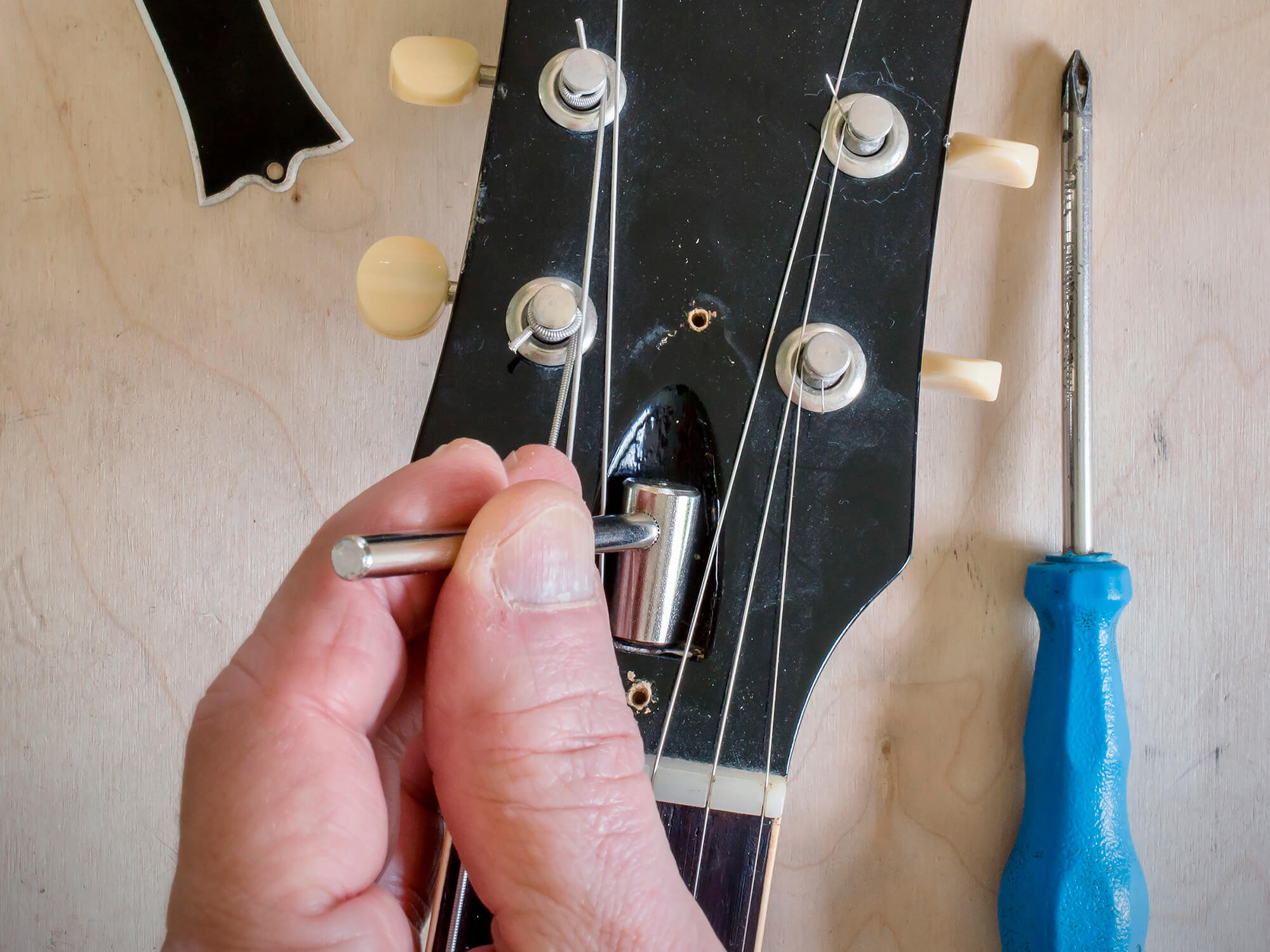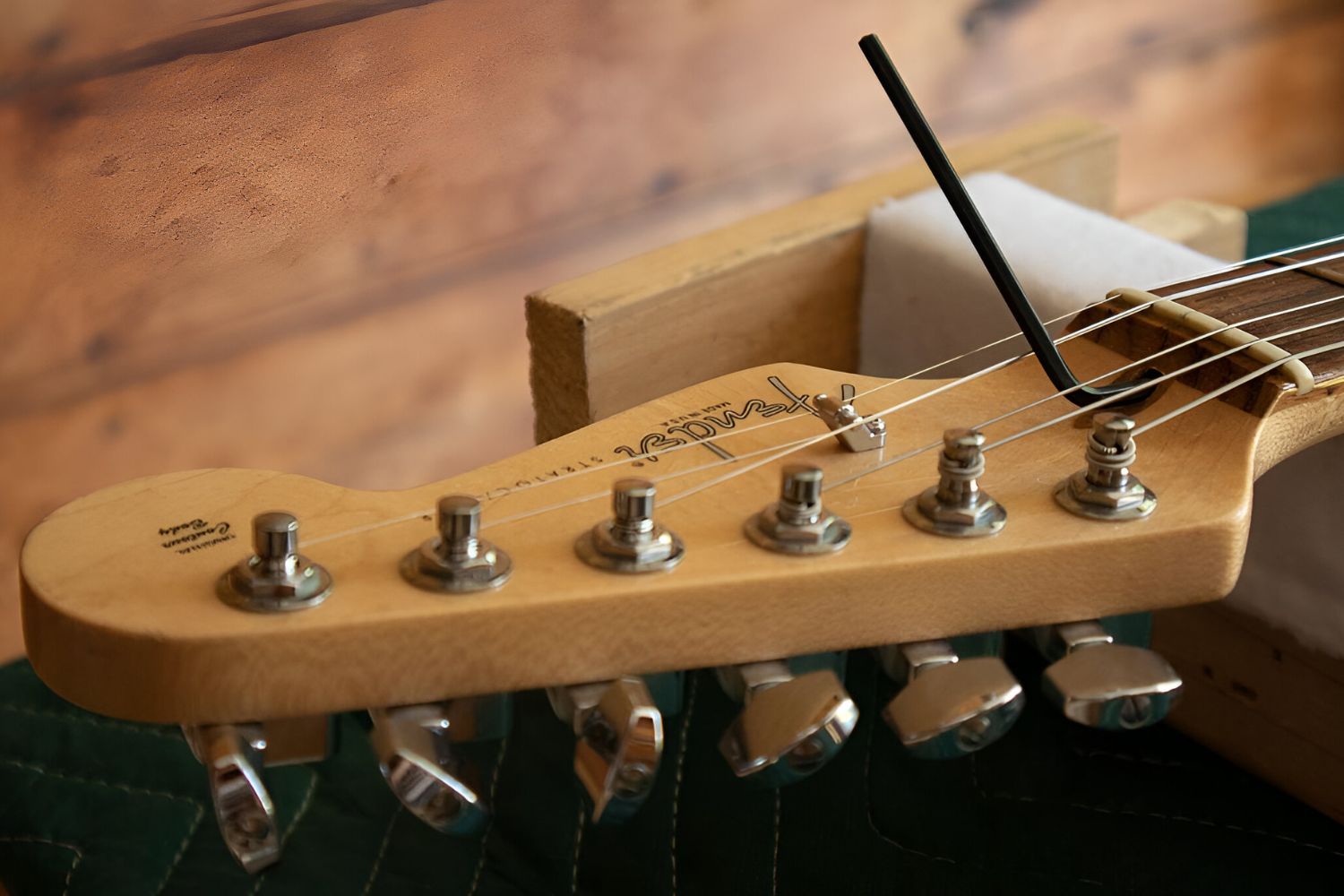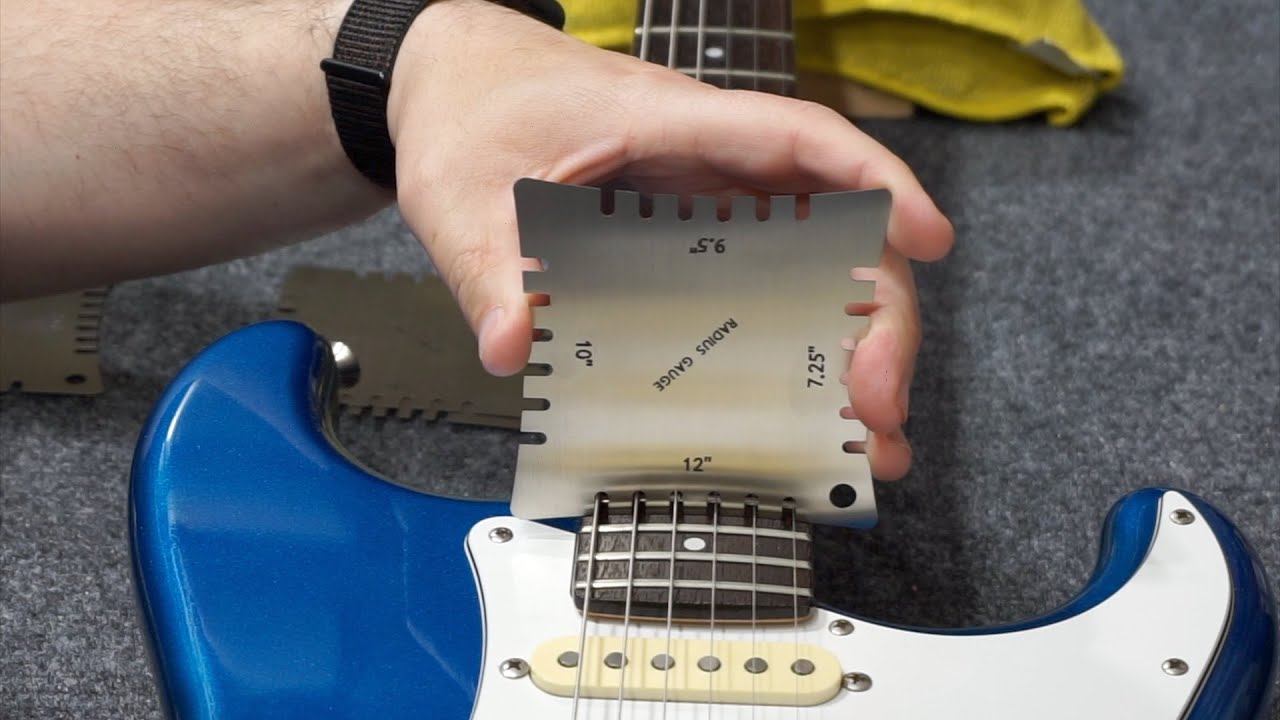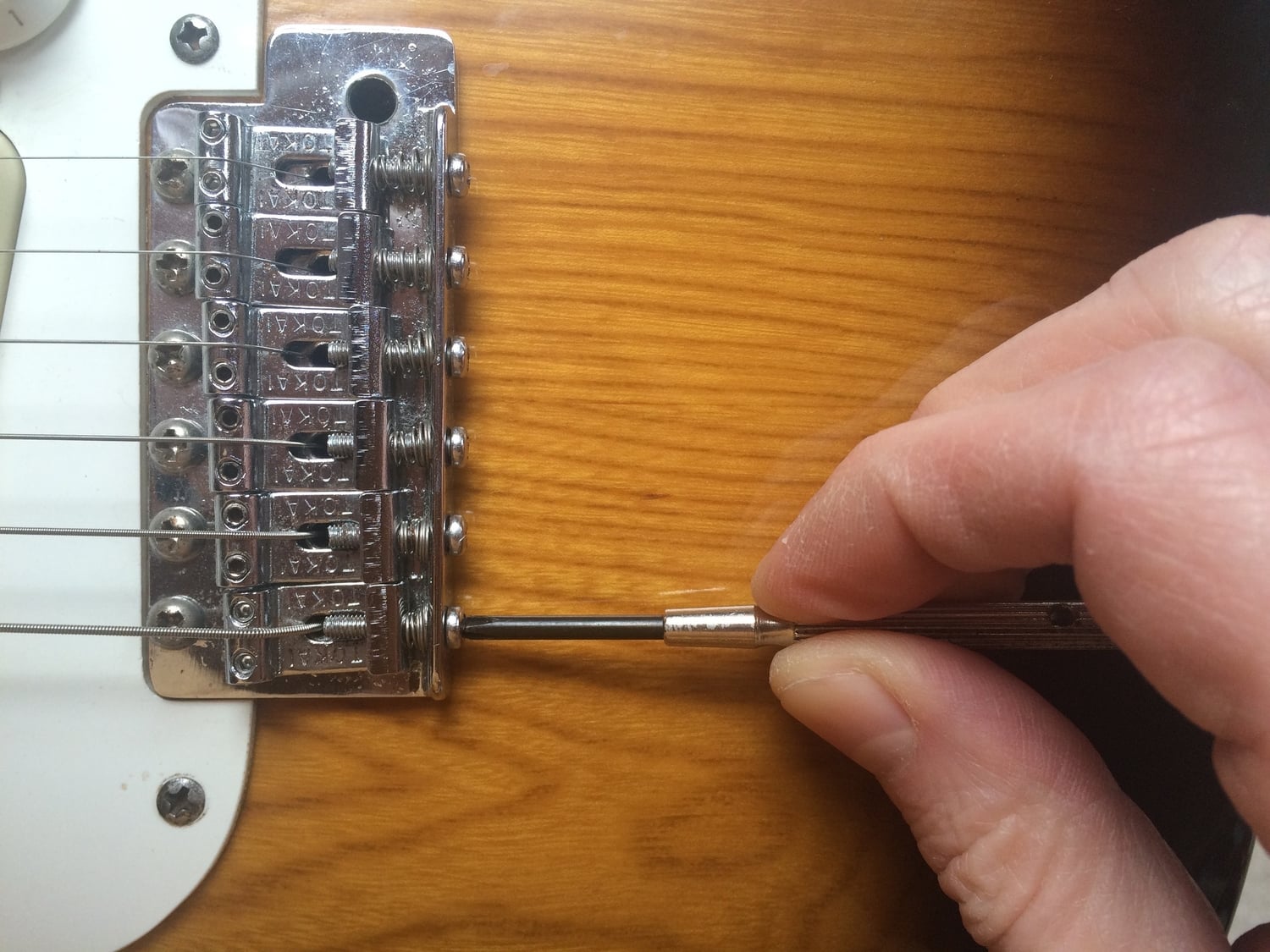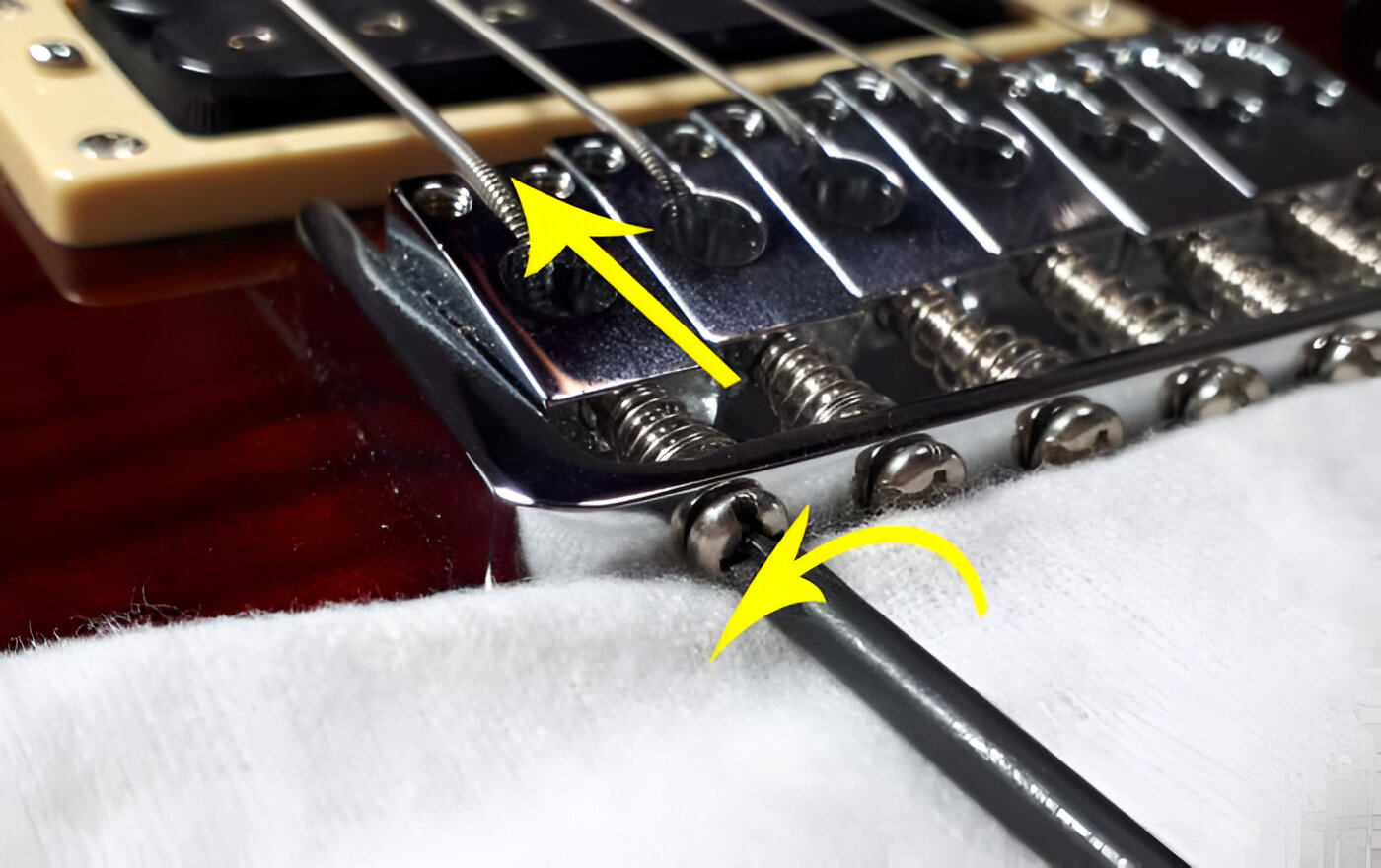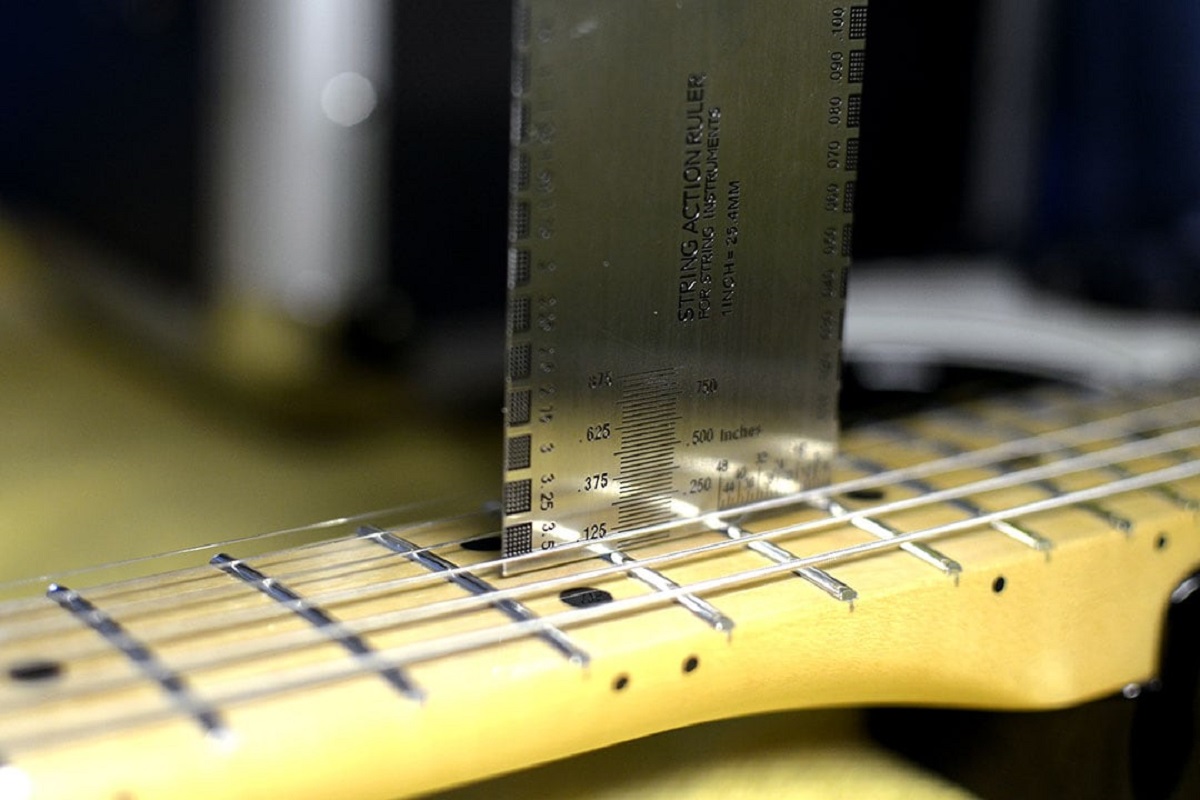Introduction
So, you've got an electric guitar and you're ready to take your playing to the next level. Whether you're a beginner or a seasoned guitarist, using a capo can open up a world of musical possibilities. But how do you put a capo on an electric guitar? In this guide, we'll walk you through everything you need to know about using a capo with your electric guitar, from understanding what a capo is to choosing the right one and putting it on step by step.
Using a capo on an electric guitar can help you play in different keys without having to learn complex chord shapes or transpose your music. It's a handy tool for adjusting the pitch of your instrument, allowing you to explore new sounds and play along with a variety of musical styles. Whether you want to accompany a singer, play along with a different tuning, or simply experiment with new sounds, a capo can be a game-changer for your electric guitar playing.
In this guide, we'll cover the basics of what a capo is, how to choose the right one for your electric guitar, and a step-by-step guide to putting it on. We'll also provide some tips to help you make the most of using a capo on your electric guitar, so you can unleash your creativity and take your playing to new heights. Let's dive in and discover the world of capos for electric guitars!
What is a Capo?
A capo is a small device used to shorten the vibrating length of the strings on a guitar, effectively raising the pitch of the instrument. It consists of a rubber-coated bar that is clamped across the fretboard, pressing down all the strings at a particular fret. This allows guitarists to play in different keys without changing the chord shapes they are using, making it a versatile tool for musicians of all levels.
Capos come in various designs, including spring-loaded, screw-operated, and elastic capos, each with its own advantages and applications. They are commonly used in acoustic and electric guitar playing, offering a quick and convenient way to transpose music or create unique tonal qualities.
One of the main advantages of using a capo is its ability to change the key of a song without having to learn new chord shapes. For example, by placing a capo on the second fret of the guitar, the open E major chord becomes an F# major chord, effectively raising the pitch of the entire instrument by a whole step. This can be particularly useful when accompanying a vocalist or playing along with other musicians who are using different tunings or instruments.
Capos are also popular among singer-songwriters, as they can help find the perfect key for a particular vocal range without having to relearn chord progressions. Additionally, using a capo can create unique voicings and timbres, adding depth and variety to a guitarist’s repertoire.
Overall, a capo is a simple yet powerful tool that offers guitarists the flexibility to explore new musical territories and express themselves in different keys and styles. Whether you’re playing folk, rock, pop, or any other genre, a capo can be a valuable ally in your musical journey.
Choosing the Right Capo for Your Electric Guitar
When it comes to choosing a capo for your electric guitar, there are several factors to consider to ensure that you select the right one for your playing style and instrument. Here are some key considerations to keep in mind:
- Material: Capos are commonly made of metal, rubber, or plastic. Metal capos are durable and provide strong clamping force, while rubber and plastic capos are lightweight and less likely to damage the guitar’s neck or finish.
- Design: Capos come in various designs, including spring-loaded, trigger-style, and screw-operated models. Spring-loaded capos are easy to use and provide consistent pressure, while trigger-style capos offer quick application and removal. Screw-operated capos allow for precise tension adjustment, making them suitable for guitars with non-standard neck profiles.
- Neck Profile: Consider the profile and curvature of your electric guitar’s neck when choosing a capo. Some capos are designed to accommodate flat or curved fretboards, ensuring a proper fit and even pressure across all strings.
- String Tension: Ensure that the capo’s clamping force is sufficient to hold down the strings without causing tuning issues or fret buzz. Adjustable tension capos provide the flexibility to fine-tune the pressure according to your guitar’s setup and string gauge.
- Application: Consider the musical styles and techniques you intend to use the capo for. For example, if you plan to perform rapid key changes or intricate fingerstyle passages, a capo with quick-release functionality and minimal interference with the fretting hand may be preferable.
It’s important to try out different capos and assess how they feel and perform on your electric guitar. Visit a music store or consult with experienced guitarists to gather insights and recommendations based on your specific needs and preferences. Additionally, consider the overall build quality, ease of use, and compatibility with your guitar’s neck profile and fretboard radius.
By selecting a capo that complements your electric guitar and playing style, you can enhance your musical experience and unlock the full potential of using a capo in your performances and practice sessions.
Step-by-Step Guide to Putting on a Capo
Putting on a capo may seem straightforward, but doing it properly ensures that your guitar stays in tune and that the capo effectively holds down the strings. Here’s a step-by-step guide to putting on a capo on your electric guitar:
- Positioning: Decide on the fret where you want to place the capo. Common positions include the first fret for a subtle pitch adjustment or higher frets for more pronounced key changes.
- Opening the Capo: If you’re using a spring-loaded or trigger-style capo, open the capo by releasing the clamping mechanism. For screw-operated capos, loosen the screw to create a gap wide enough to fit over the fretboard.
- Placing the Capo: Position the capo just behind the desired fret, ensuring that it sits squarely across the fretboard and applies even pressure to all strings. The rubber or silicone padding should make direct contact with the strings and fretboard to prevent buzzing and maintain tuning stability.
- Clamping the Capo: Apply firm pressure to the capo to secure it in place. If using a spring-loaded or trigger-style capo, engage the clamping mechanism until the capo holds down the strings without causing excessive tension or fret buzz. For screw-operated capos, tighten the screw gradually to achieve the desired clamping force.
- Checking the Strings: After clamping the capo, play each string individually to ensure that they ring out clearly and are not muted or buzzing against the frets. Make any necessary adjustments to the capo’s position or tension to eliminate any issues.
- Tuning: Once the capo is securely in place, tune your guitar to ensure that the strings are at the correct pitch. The capo may cause a slight detuning, so it’s essential to fine-tune the strings to maintain accurate intonation.
By following these steps, you can confidently and effectively put on a capo on your electric guitar, allowing you to explore new musical possibilities and play in different keys with ease.
Tips for Using a Capo on an Electric Guitar
Using a capo on an electric guitar opens up a world of creative possibilities, allowing you to explore different keys, experiment with unique chord voicings, and adapt to various musical styles. Here are some valuable tips to make the most of using a capo on your electric guitar:
- Experiment with Different Positions: Try placing the capo on various frets to discover new tonalities and find the ideal key for a particular song or vocal range. Higher fret positions can yield brighter and more resonant tones, while lower frets offer subtle pitch adjustments.
- Combine Capo with Open Tunings: Consider using a capo in conjunction with open tunings to create rich, open-sounding chords and unique harmonic textures. Experimenting with alternate tunings and capo placements can inspire fresh musical ideas.
- Explore Transposing Chord Shapes: With a capo, you can transpose familiar chord shapes to different keys, allowing you to play complex progressions with ease and adapt to the requirements of diverse musical compositions.
- Utilize Capo for Soloing and Melodic Playing: Placing the capo on higher frets can facilitate fluid soloing and melodic playing, providing access to extended high notes and enhancing the expressiveness of your guitar playing.
- Adapt to Vocalists and Collaborations: When playing alongside vocalists or other instrumentalists, the capo enables you to match the song’s key to the vocalist’s range or harmonize with other instruments, fostering seamless musical collaborations.
- Integrate Capo into Songwriting: Incorporate the capo into your songwriting process to explore fresh chord progressions, create captivating melodies, and unlock new sonic landscapes, adding depth and diversity to your compositions.
- Practice and Experiment: Dedicate time to practice with the capo and experiment with different fret positions, chord shapes, and musical genres to broaden your musical horizons and develop a versatile playing style.
By embracing these tips and integrating the capo into your electric guitar playing, you can elevate your musical expression, adapt to diverse musical contexts, and embark on an enriching journey of sonic exploration and creativity.
Conclusion
Using a capo on an electric guitar can significantly expand your musical repertoire and enhance your playing experience. Whether you’re a beginner seeking to simplify chord shapes or an experienced guitarist looking to explore new tonal possibilities, the capo is a valuable tool that offers versatility and creative freedom.
By understanding the function of a capo and selecting the right one for your electric guitar, you can seamlessly transition between different keys, adapt to various musical styles, and collaborate with other musicians with ease. The step-by-step guide provided ensures that you can confidently and effectively apply the capo to your instrument, maintaining tuning stability and optimal string pressure.
Furthermore, the tips for using a capo offer insights into maximizing its potential, from experimenting with different fret positions to integrating it into songwriting and collaborative performances. Embracing these tips empowers you to unlock new sonic landscapes, adapt to vocalists and other instrumentalists, and infuse your playing with fresh creativity and expression.
Ultimately, incorporating a capo into your electric guitar playing opens doors to endless musical possibilities, allowing you to transcend traditional chord structures, explore diverse tonalities, and enrich your musical journey. Whether you’re performing, composing, or practicing, the capo serves as a versatile ally that empowers you to elevate your playing and connect with music in new and inspiring ways.
So, go ahead, grab your electric guitar, choose the perfect capo, and embark on a musical adventure filled with innovation, expression, and boundless creativity.







